In modern packaging production, paper boxes have evolved far beyond their functional role of holding products. They have become essential carriers of visual identity, product communication, and perceived value. Industrial paper box printing, unlike small-scale or manual printing, involves high-precision, high-efficiency processes that allow brands to deliver consistent, professional-grade packaging at scale. Understanding the technical steps involved in this process can help businesses work more effectively with suppliers, maintain quality standards, and better manage production timelines. The following guide walks through each stage of industrial paper box printing—from prepress preparation to final packing.
1. Prepress Preparation: Where Design Meets Function
Every successful print job starts long before the ink touches the surface. The prepress stage is all about transforming a creative concept into a file that a printing press can interpret with precision.
Accurate Layout and Bleed Settings
Designers typically use professional software like Adobe Illustrator or CorelDRAW to create the artwork. These tools allow them to define the exact box dimensions, bleed areas, folds, creases, and cutting lines. Accuracy is crucial here—any misalignment can result in design elements getting cut off or placed incorrectly once the box is assembled.
File Optimization and Color Management
In addition to layout precision, color calibration and resolution settings must be carefully configured. Designers convert files to CMYK color mode (used in physical printing), check image resolution (usually a minimum of 300 dpi), and apply overprint or trapping settings where needed. These adjustments help ensure crisp, consistent results across the entire batch.
2. Plate Creation: Translating Digital Files into Physical Tools
Once the design is finalized, it moves into the plate-making phase, where the visual file is turned into physical printing plates. These plates are essential tools in many industrial printing methods, particularly flexographic and offset printing.
Materials and Technologies Used
The plates themselves are typically made from aluminum, polyester, or photopolymer material, depending on the printing technology. Using a process called imaging or laser engraving, the design is etched or burned onto the plate’s surface. This etched surface becomes the blueprint that transfers ink onto the paper box during printing.
Role in High-Volume Printing
While digital printing doesn’t require physical plates, traditional methods depend heavily on this stage. For multi-color jobs, each color requires its own plate. This makes accuracy and alignment critical—especially for brand visuals, where even slight inconsistencies can hurt product presentation.
3. Ink Preparation: Mixing Color with Precision
With plates ready, the focus shifts to ink—an element that affects everything from brand color consistency to drying time. In industrial printing, the right ink formulation is critical for ensuring adhesion, vibrancy, and resistance to environmental conditions.
Most packaging printers work with either water-based, solvent-based, or UV-curable inks. Water-based inks are eco-friendly and work well on porous surfaces. Solvent-based inks offer stronger adhesion and quicker drying on coated stocks. UV-curable inks provide excellent durability and instant curing under UV light, ideal for high-speed setups.
In addition, ink specialists mix colors to match the exact Pantone or CMYK targets specified in the design file. This ensures that every box in the production run maintains consistent branding—even under varying lighting conditions or surface finishes.
4. Printing Execution: Bringing the Design to Life
This is the stage where the actual transfer of ink to material occurs. Depending on the project’s scale, speed, and complexity, different printing technologies may be used. Each method comes with its own strengths and operational considerations.
Common Industrial Printing Methods:
| Printing Method |
Description |
Best For |
| Flexography |
Uses flexible plates mounted on cylinders to print on various substrates. |
High-volume packaging (e.g., corrugated boxes) |
| Offset Lithography |
Transfers ink from plate to rubber blanket, then onto paper. |
High-resolution, large-format jobs |
| Digital Printing |
Uses inkjet or laser-based systems for direct-to-surface printing. |
Short runs, prototypes, personalized printing |
Flexography is ideal for fast production on uneven surfaces. Offset printing excels in quality and color detail, especially with coated paper. Meanwhile, digital printing is perfect for short runs or variable-data printing where quick turnaround is a priority.
Each technology has specific setup times, costs, and finishing capabilities. Therefore, the choice often depends on the box type, design complexity, and production quantity.
5. Drying and Curing: Locking in the Image
Once the ink is laid onto the paper, it must be dried or cured. Proper drying is essential to prevent smudging, sticking, or fading during post-processing and packaging.
-
Air Drying: This traditional method relies on ambient air circulation. It works well with water-based inks and porous materials but requires more time and space.
-
Infrared (IR) Drying: IR lamps heat the printed surface, causing the ink solvents to evaporate quickly. This method is efficient for coated paper stocks and semi-automated production environments.
-
UV Curing: UV inks are exposed to ultraviolet light, causing them to polymerize instantly. This is ideal for high-speed, high-precision jobs because it allows immediate handling and finishing with no wait time.
Choosing the right drying method ensures print stability and enhances productivity. Poor drying can lead to set-off issues (ink transfer) or dull finishes, both of which undermine packaging quality.
6. Finishing Techniques: Enhancing Appearance and Functionality
After printing and drying, the boxes move into the finishing stage. This step not only enhances aesthetics but also improves the durability and functionality of the final product.
-
Lamination: Adds a thin plastic film over the surface, available in matte, gloss, or soft-touch varieties. Lamination helps protect against scuffs, moisture, and UV fading, while also giving the box a premium texture.
-
Varnishing: Applies a protective coating, either spot or full coverage, to give sheen or texture. Spot varnish is often used to highlight logos or product names for visual emphasis.
-
Embossing/Debossing: Alters the surface structure of the box to raise or depress areas. It adds dimension and tactile engagement, often used for brand marks, seals, or limited edition identifiers.
-
Foil Stamping: Adds a metallic or holographic finish that reflects light. This technique is commonly used in luxury packaging to signal value and attention to detail.
-
Die Cutting: Shapes the box into its final form, adding flaps, windows, or custom contours. Precision is vital here, as misaligned cuts can affect assembly and product fit.
Together, these techniques enhance not only the look but also the protective and functional qualities of industrial paper boxes.
7. Quality Inspection and Packing: Ensuring Consistency and Safety
Before the finished boxes are delivered to clients, they undergo a series of quality assurance checks and packaging protocols.
-
Color and Registration Checks: Technicians examine whether the printed colors match the original file and if all visual elements are aligned properly. Misregistration can distort brand elements and reduce shelf appeal.
-
Ink Adhesion and Surface Durability Tests: Boxes are rubbed or flexed to ensure the ink doesn’t smudge or chip. This is especially important for boxes that will be handled frequently during shipping or retail stocking.
-
Die Cut and Folding Accuracy: Each cut and crease must align perfectly with the box’s structural design. Poorly aligned folds can make the box unusable or unprofessional in appearance.
-
Batch Consistency Audits: A sample of each production batch is evaluated for consistency in color, print quality, material thickness, and finishing detail. Any defects are flagged and corrected before final packing.
After inspection, the boxes are flattened, stacked, and packed into protective cartons for delivery. This ensures that they reach customers in pristine condition, ready for product packaging and display.
Conclusion
Industrial paper box printing is a complex yet coordinated process that combines technical accuracy with creative expression. From the initial design setup and plate imaging to ink formulation, printing, finishing, and inspection, each step plays a role in creating packaging that performs reliably while representing your brand at its best.
For businesses seeking packaging that’s not only visually polished but also professionally executed, Kaya Craft offers end-to-end printing and packaging services tailored to diverse product needs. With 16 years of expertise, Kaya Craft ensures every box is produced with care, consistency, and craftsmanship that stands out in any setting.
Contact Us
Email: candy@kayaol.com
Website: www.kayaol.com

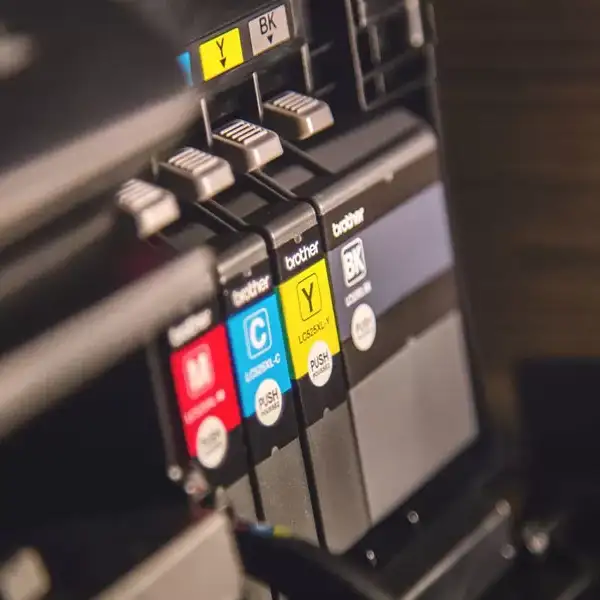
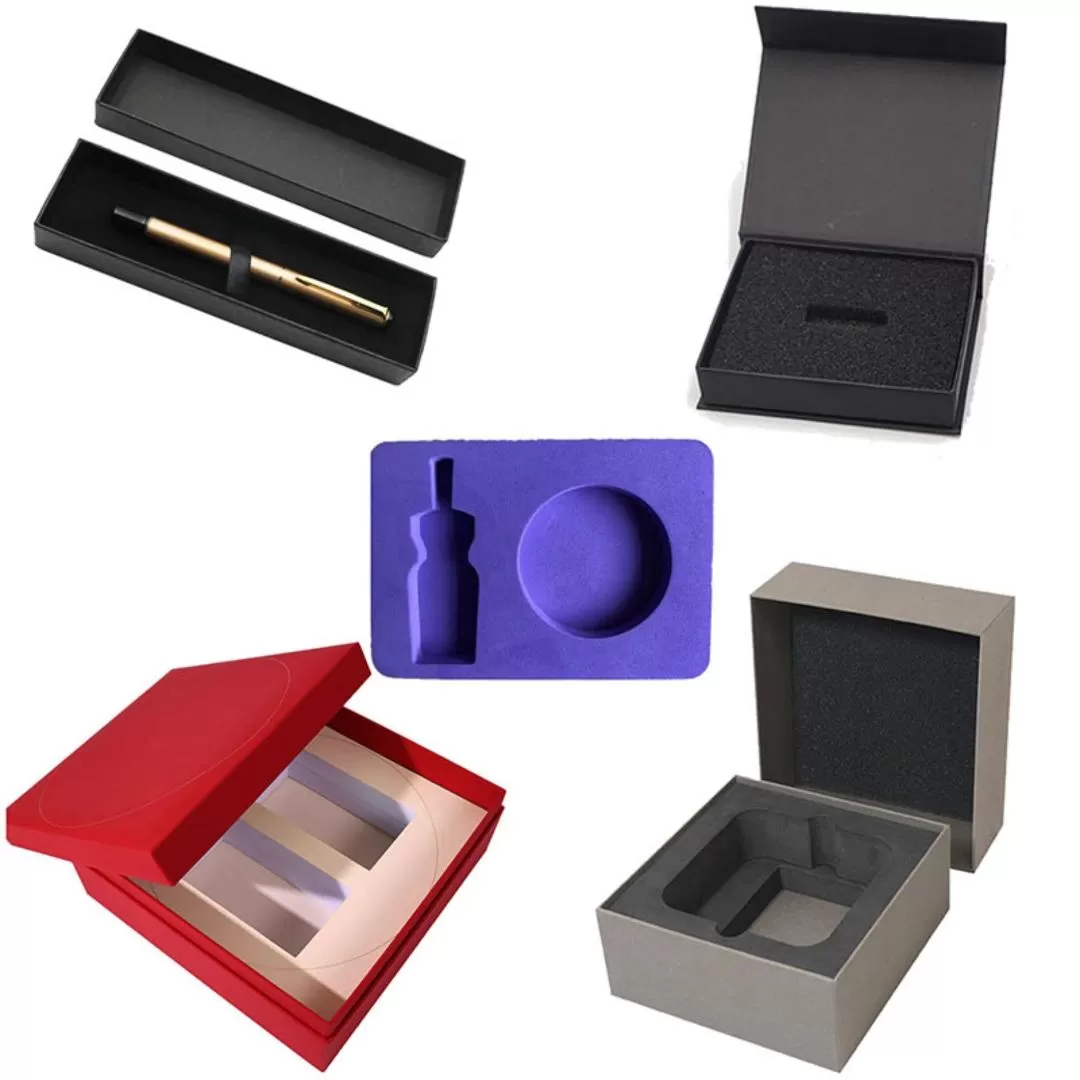
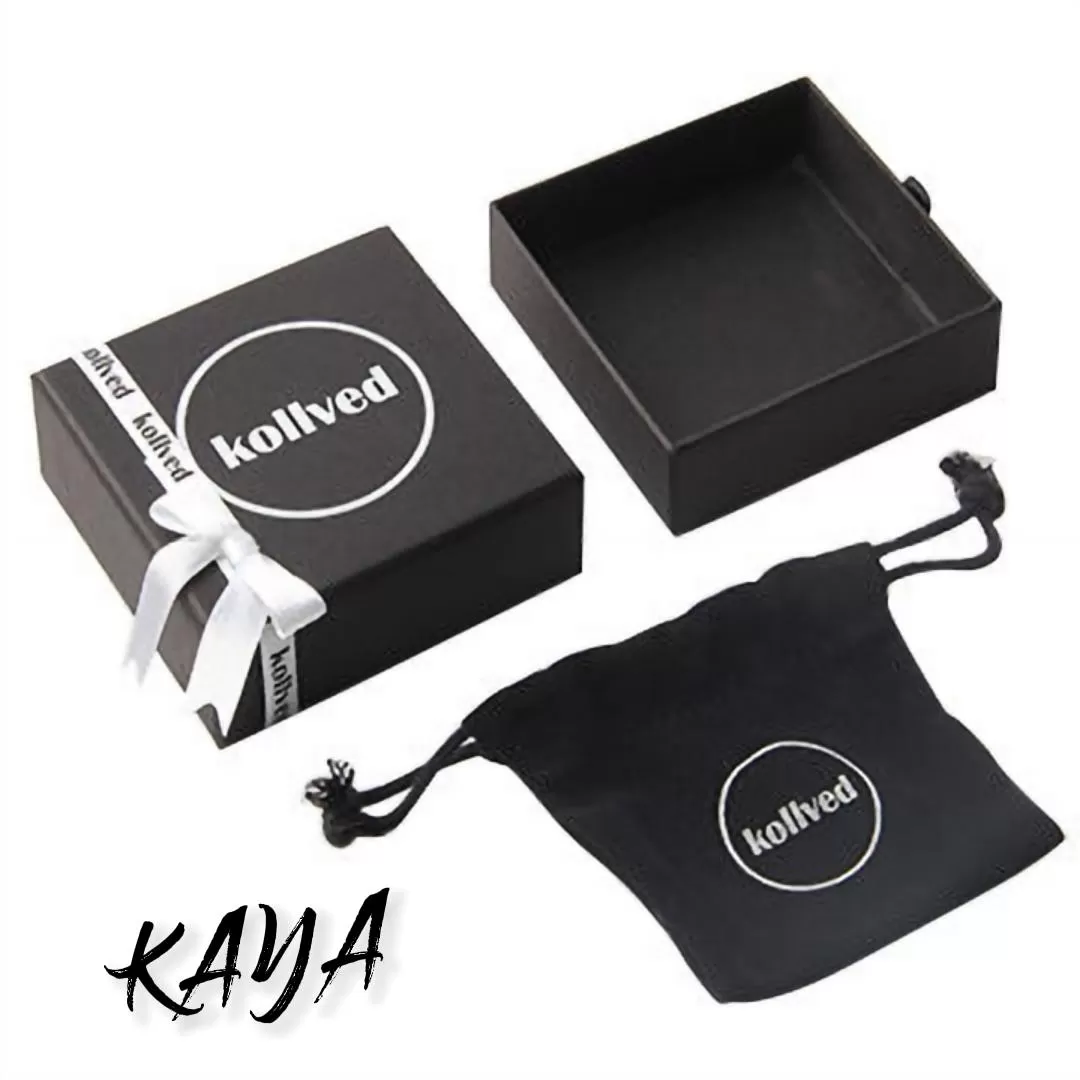
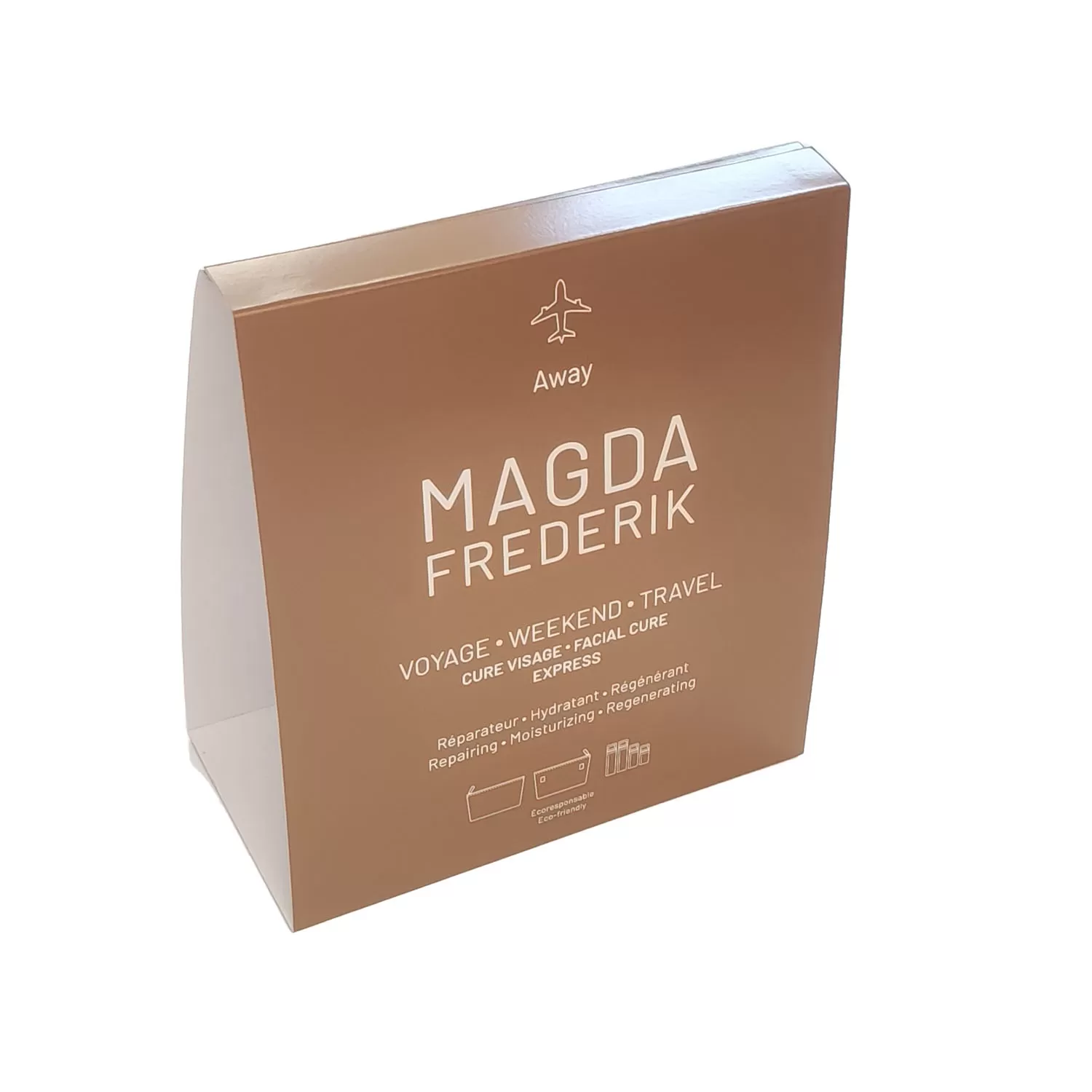
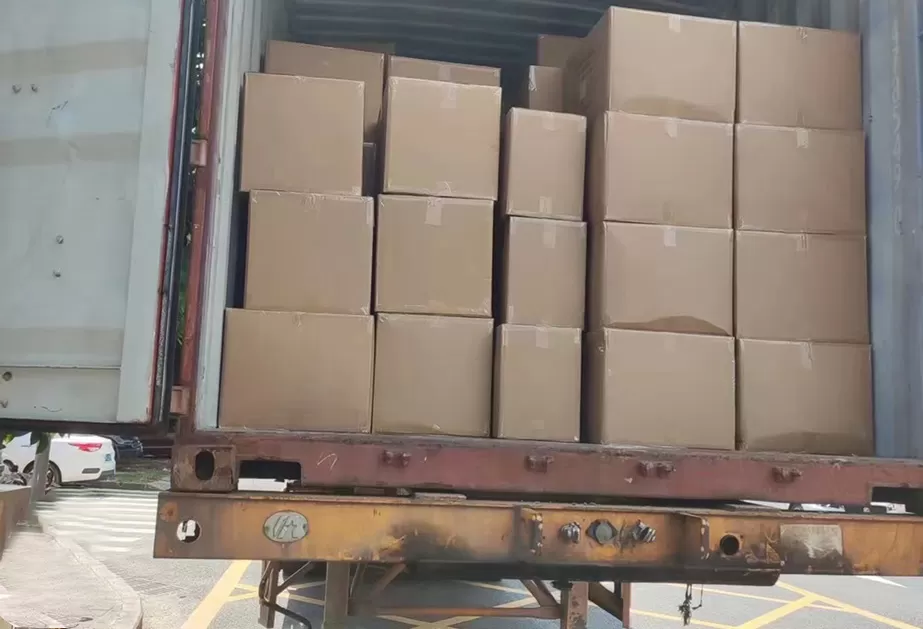
 We like to do design according to all the customers' requirements, or offer them our new designs. With strong OEM/ODM capabilities, we can fill your sourcing demands.
We like to do design according to all the customers' requirements, or offer them our new designs. With strong OEM/ODM capabilities, we can fill your sourcing demands.